What Does Dry Farmed Wine Mean?
Dry farming has been a way of life for European wine producers for centuries. In the United States, irrigation for orchards wasn't introduced until 1970, after which it became a popular method. Now widely used across the states, irrigation systems have more recently been problematized by increasingly desperate draughts across California and Oregon and awareness of the increasing need to conserve water. Irrigated versus dry farmed wines has become a hot button issue for debate.
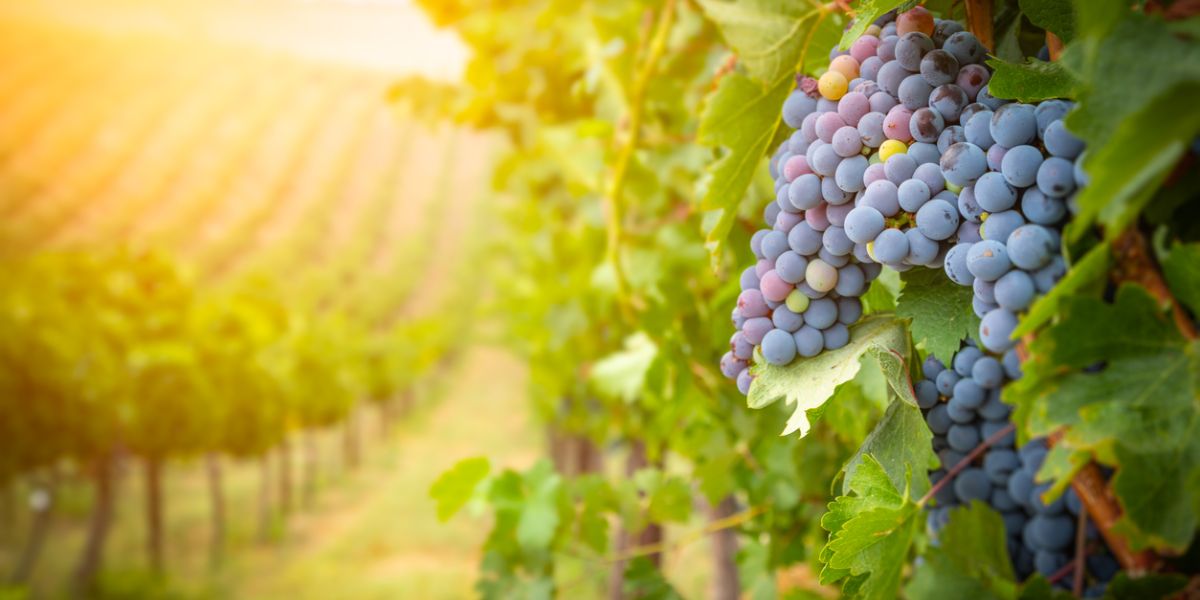
There is much discussion about the purity of wine produced under systems of irrigation, with some critics of irrigation even saying unnatural quantities of water interfere with the wine’s taste. Whether or not this argument holds any water - pardon the pun, the fact remains that reducing water usage in wine production is vital.
Dry farming making is a practice of conserving and retaining soil moisture to support the vines without supplemental irrigation. This time honored practice is not only revered in Europe, but in many cases it is legally mandated, meaning that water conservation is enough of a concern that there are industry standards in place to prevent the use of irrigation.
There are many wineries in the United states using dry farming techniques and many, like top Willamette Valley wine producers, are deeply and proudly committed to the practice. Wine makers say there is a distinct advantage to dry farmed wine in that it tends to produce smaller berries which are highly prized for their skin to juice ratio and wonderful flavor. These grapes are intense and express more of the characteristics of the vineyard itself as a deeper root system (necessary for dry farming) means more contact with the soil.
Willamette Valley wine is produced by people who value the practice of dry farming and are invested in a culture of sustainability and stewardship of the land. Not to mention the wine is fabulous!
What Happens to Vineyards in Winter?
Vineyards in winter are still very much alive. The vines are growing below ground and careful pruning and care ensures the highest quality of grape the next year. Winter is Willamette Valley wine cellar season as well. Wines are developing their flavors slowly across the season, and staff make sure the environment is kept perfect. Holiday events and tastings help bring the best winter wines to the fore, the kind that warm you and fill you with comfort.
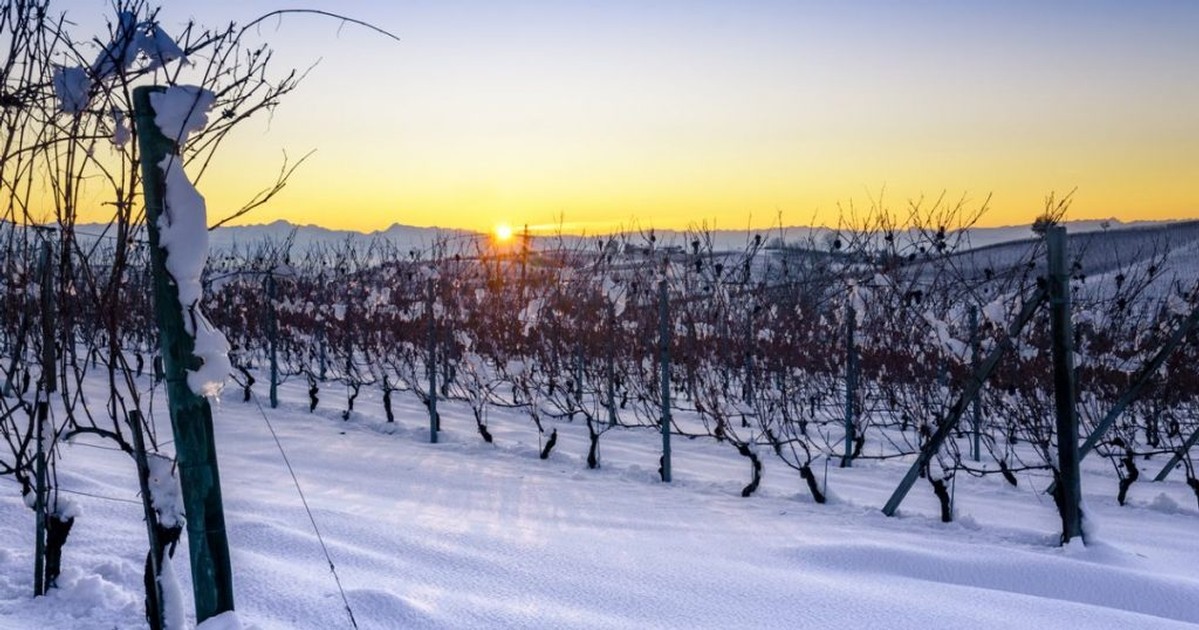
What happens to the vines?
By winter, vines have had their grape bunches picked. Their leaves fall and the trunks and canes of the vine remain. Growth above the ground ceases for the winter. Underneath the ground, vines expand their root systems. These grow and grow, extending their ability to soak up nutrients from the soil.
The vines store carbohydrates in their trunks. They use these to grow new shoots and leaves come spring. To help the vines along, vineyard workers prune the vines. This helps the vines direct their stored energy into the most desirable shoots. This is a major part of what determines the quality of the grape.
How are vines protected?
Vines will also be protected from harsh weather. Earth, straw, heaters, and other materials are used to help the vines survive winter and to protect against erosion. Vineyards in winter that need to be reinvigorated may be planted with a cover crop. This can help prevent erosion. Mowing and mulching it in warmer weather can help return nutrients to the soil.
What is Willamette Valley wine cellar season?
Wine life is a cycle. Even if the vines are slowing their growth and the grapes have been picked, work hasn't stopped during the winter. Wines are aging in the cellars, which have to be maintained at specific environmental conditions.
Wines created from the recent harvest will be found in barrels and tanks. The malolactic fermentation is a secondary stage where many wines (all reds and some whites) develop a smoother texture. Wines being aged in oak are bringing their flavors together more closely with earthy qualities and oak aromas.
It's not until February and March that earlier vintages will come out of their barrels. This is when wines are ready for bottling, and when the newest wines are ready for tasting.
Are there winter tastings?
Wineries will have winter-themed tastings and holiday events by the bushel, so the front end staff is still working hard in fall and winter even after the harvest. Wine makes for an excellent gift that everybody likes, and tasting is the best way to ensure that gift is perfect. Who says holiday shopping is a chore?
Is Pinot a Type of Grape?
Sometimes there are wine terms that you kind of know… but you don't know. That's OK. The only way to learn is to ask. That's probably what brings you here. If you hear the phrase “Oregon pinot” what exactly is being discussed? This refers to a group of wines made from pinot grapes.
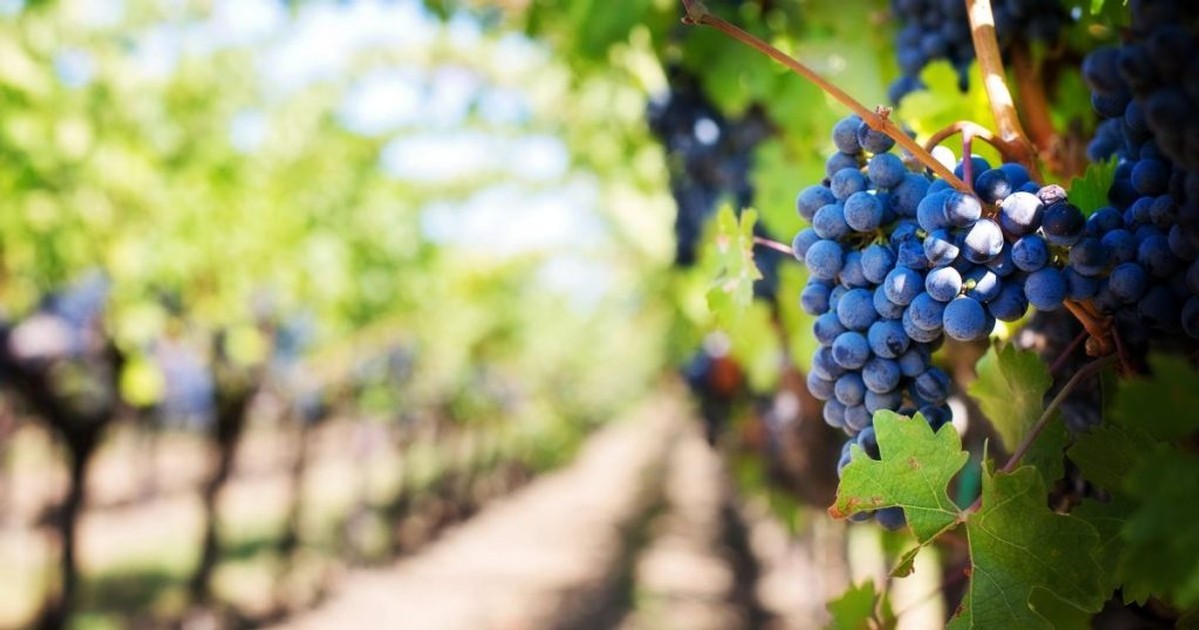
Pinot Grapes Are Versatile
Chances are you've enjoyed Pinot Noir, Pinot Gris (Grigio), Pinot Blanc, or another type of pinot. How can such different wines all come from the same grape?
Pinot Noir grapes: Let's say you have two pinot grapevines. One has two genes that create what are called anthocyanins. These are biochemical reactions that create a red pigment. This is the most recognizable pinot grape because of its deep violet hue. This makes Pinot Noir.
Pinot Blanc grapes: Your second grapevine has a mutation that causes these genes to be inactive. There's no biochemical reaction to cause that violent tint. This creates the pinot grapes used in Pinot Blanc. The wines made from these are much higher in acidity, and join floral and mineral tastes to its fruit flavors.
Pinot Gris grapes: What about Pinot Gris, or grigio? This comes from what are called chimeric plants. Essentially, these are plants where Pinot Noir grape skin surrounds Pinot Blanc grape cells. The ruby red color that results is Pinot Gris.
Pinot Wines from Oregon
Oregon Pinot Noir: Pinot Noir tends to have a taste centered on berries and deeply grounded earth flavors. Oregon Pinot Noir focuses on strawberry, cranberry, and rose flavors with a taste that brings the sensation of cherries and pomegranates. It leaves a deep and filling impression that lingers on the tongue. Here, you have a wine that's an exquisite pairing with pork, mushroom dishes, beef stews, and game bird like duck.
Oregon Pinot Gris: Pinot Gris pairs the acidity of Blanc with crisp fruit flavors. Often, these are citrus or apple-centered. Oregon Pinot Gris is notable for going a different direction, bringing more complementary flavors into the mix such as pear, melon, and honey. These feel much more natural in a Pinot Gris, which is ideal with chicken, soft cheeses, root vegetables, and rich cream sauces.
Oregon Pinot Noir Rosé: Also try Pinot Noir Rosé. It's a crisp, light take on rosé with exceptional strawberry and rose tastes. Often thought of as a summer wine, it's also a relaxing winter wine that's perfect for pairing with seafood and most fresh vegetables.
The best way to learn? Try! Sample some Oregon Pinot varietals and see which are your favorite.
Top 5 Food and Wine Pairings You're Missing
Looking for the best food and wine pairings? If you want to break out of the old stand-bys, you have to try something new. Food and wine pairing rules still apply - but you can (and should) get creative with them.
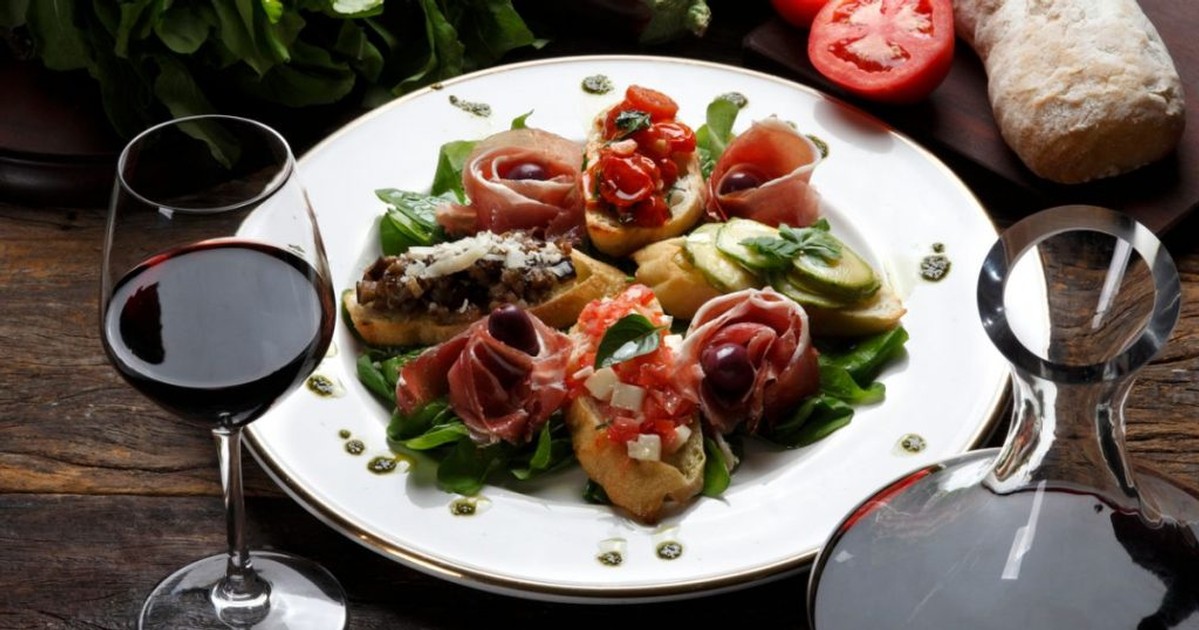
Here are 5 of the best food and wine pairings you may be overlooking:
1. Red Wine and Fish
Fish is typically paired with white wine. This is a proven, successful pairing. Why is it that they work so well together? Part of it is that white wine grapes are low in tannins. This means there's little chance of a bitter taste. Look for red wines that are similarly low in tannins: a Pinot Noir is ideal.
2. Pairing with Salad?
Specific wines fit specific vegetables. Mix those veggies together and you lose that specificity, though. Does anything go with a salad that's got lots of raw veggies? Try a rose. It has a fruit-forward character with crispness and a dry finish – perfect for matching a salad. If your salad has fruit in it, even better. The two will pair beautifully.
3. Tapenade Pairings
Tapenade is a delicious snack made chiefly from olives. Additional ingredients can change the flavor of tapenade, which makes it pretty versatile. If your tapenade is made from traditional recipes, aim for a white wine that's crisp. If it includes sundried tomato, choose a sweet red wine.
4. White Pizza and Pinot Gris
Pizza with tomato sauce always tastes good with a red wine. What about white pizzas? Focus on the taste of cheese and other ingredients. Blends of soft cheeses like mozzarella and ricotta taste incredible with pinot gris. Best of all, pinot gris is ideal for pairing with many pizza toppings, from nearly all roast vegetables to chicken and seafood options.
5. Sparkling Wine with Dessert
One of the most overlooked food and wine pairing rules has to do with sweet foods. When you're pairing with a dessert, you always want the wine to be slightly sweeter. This avoids any hints of bitterness. What about when that dessert has dairy in it, like in custards or crème brulee? Here, sparkling wine delivers that sweetness. The fizziness also provides a texture that cuts through the smoothness of the dairy. The two combined make each component – dessert and wine – taste that much more refreshing.
There you have the best food and wine pairings that you're missing out on? Which one will you make next?
How Is Wine Made?
The wine making process happens in stages. It starts with the harvesting of grapes and ends in a delicious glass of wine sitting in your hand. People have been making wine for at least 6,000 years and possibly longer. This is how wine is made today:
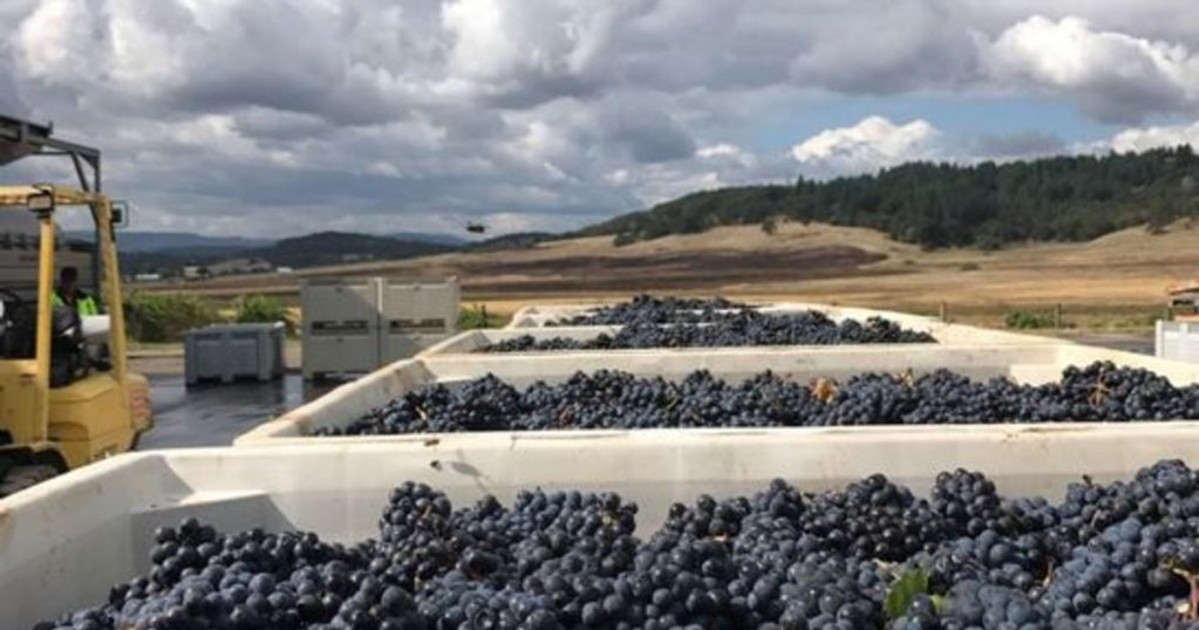
1. Harvesting the Grapes
Vineyards grow the grapes for what the varietals they plan to make, considering, of course, the soil conditions and climate. Wine grapes must be harvested at the exact right time of year so that they'll have the right acidity, flavor, and sweetness. This depends on the environment and weather that year. Hand-picking the grapes helps preserve them longer – until the next step.
2. Crushing the Grapes
This might be the most famous part of how wine is made. Don't worry, no one's crushing them with their feet the way they do in classic movies. For a long time, this has been done mechanically.
For white wine, the pressed grape juice is separated from the pulpy parts of the grape, skin, and seeds. Red wine isn't separated, as it acquires flavor and tannins from its prolonged contact.
3. The Fermentation Process
This juice is also called must. It's left to ferment. Some winemakers leave it to do so naturally, and others add cultured yeast to make the process more predictable.
What does fermentation mean? This is when the sugar in the juice develops into alcohol. The longer the process goes, the more sugar converts into alcohol. This creates a dry wine. The earlier the process is stopped, the more sugar remains, creating a sweeter wine.
4. Clarifying the Wine
This process leaves proteins, yeasts, and other solids in the wine. This has to be clarified. The wine is racked into containers.
Winemakers may add elements that help to clarify out the wine's impurities. Different solids are attracted to different natural materials. This is called fining. Clay is often used because it attracts these solids and then sinks to the bottom. This makes it easier to filter the wine into the container in which it will age.
5. Aging the Wine
Wines can be bottled immediately, but they're typically aged for some time. This can be done in barrels, tanks, or bottles. Oak barrels are often used to preserve the smoothness of red wines while adding flavor. Steel tanks are often used for white wines to retain crispness.
When it's done aging, the wine is bottled for sale. This is the wine making process in full. Now you know ever step in how wine is made. It's something to appreciate the next time you enjoy a glass.